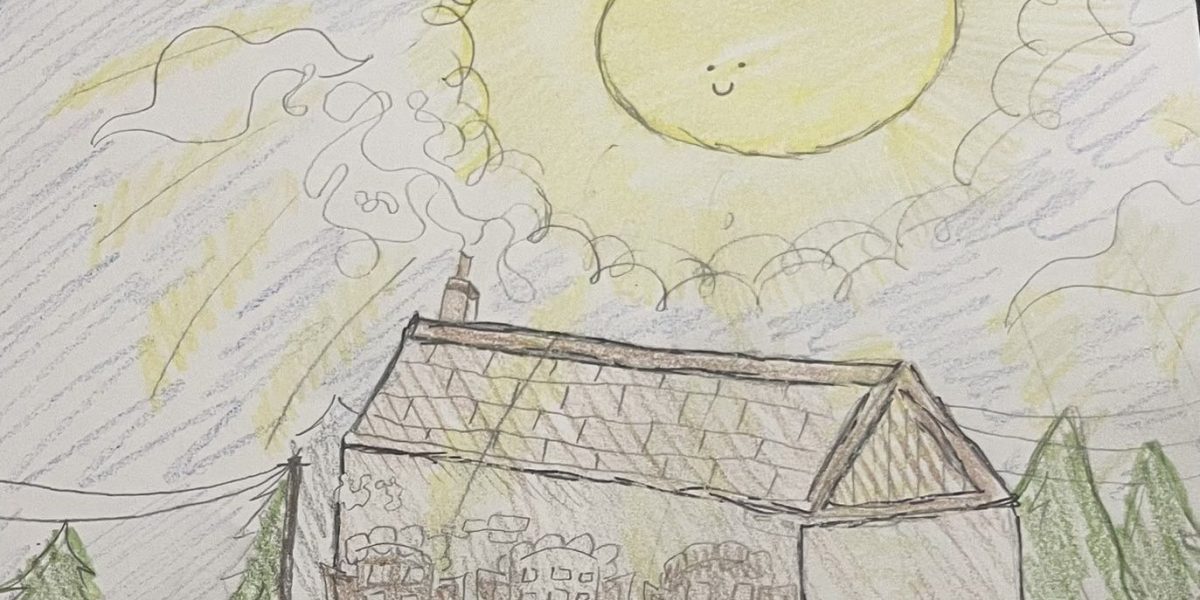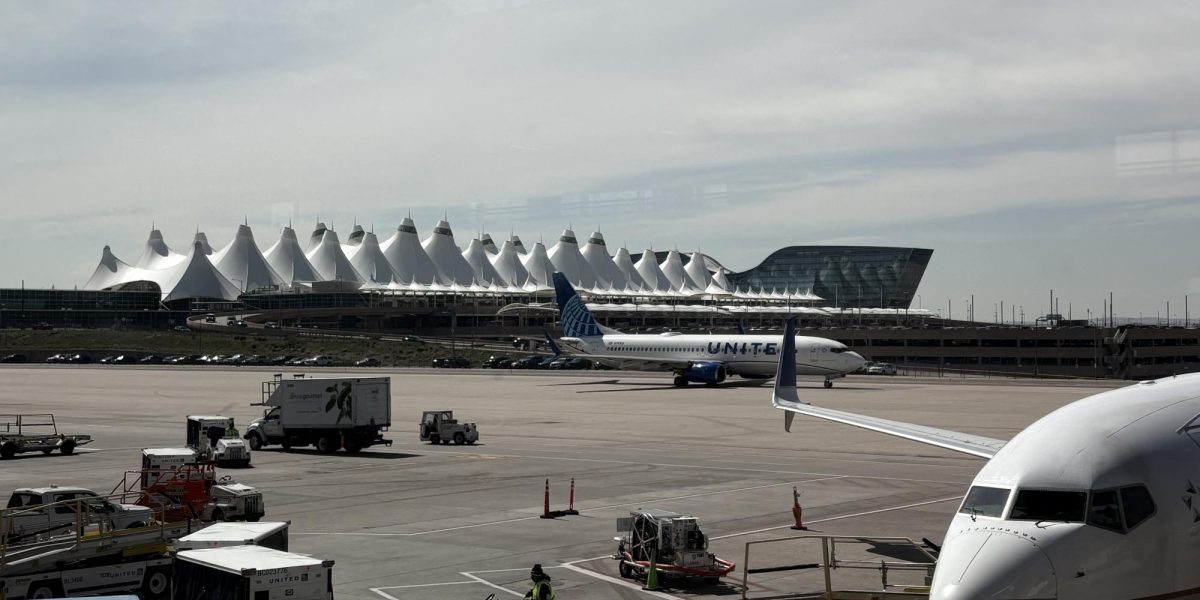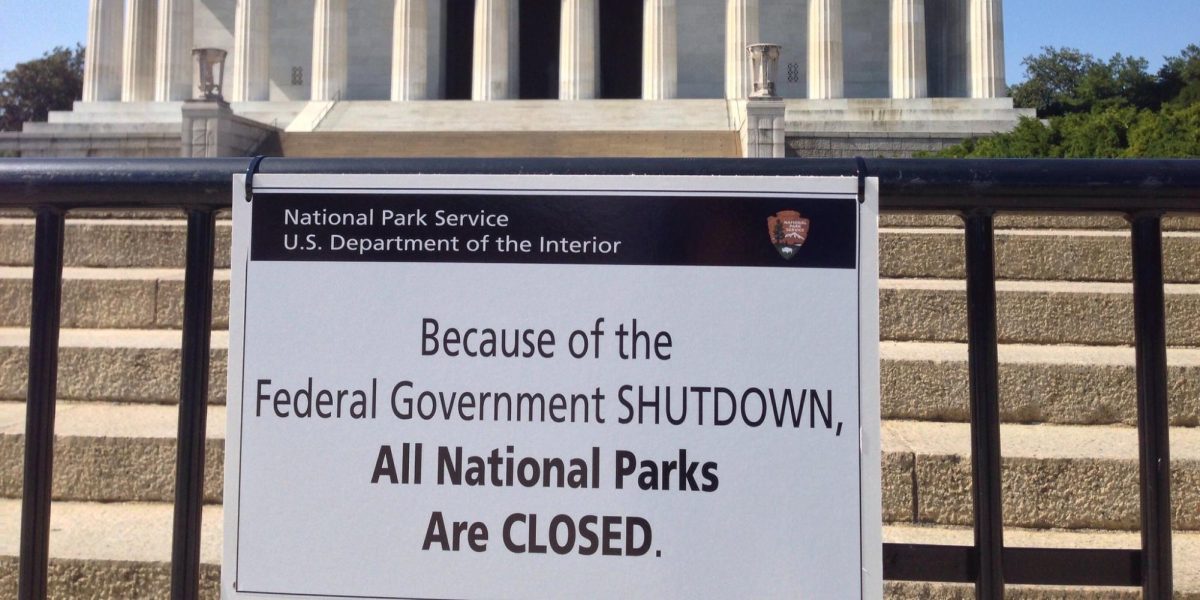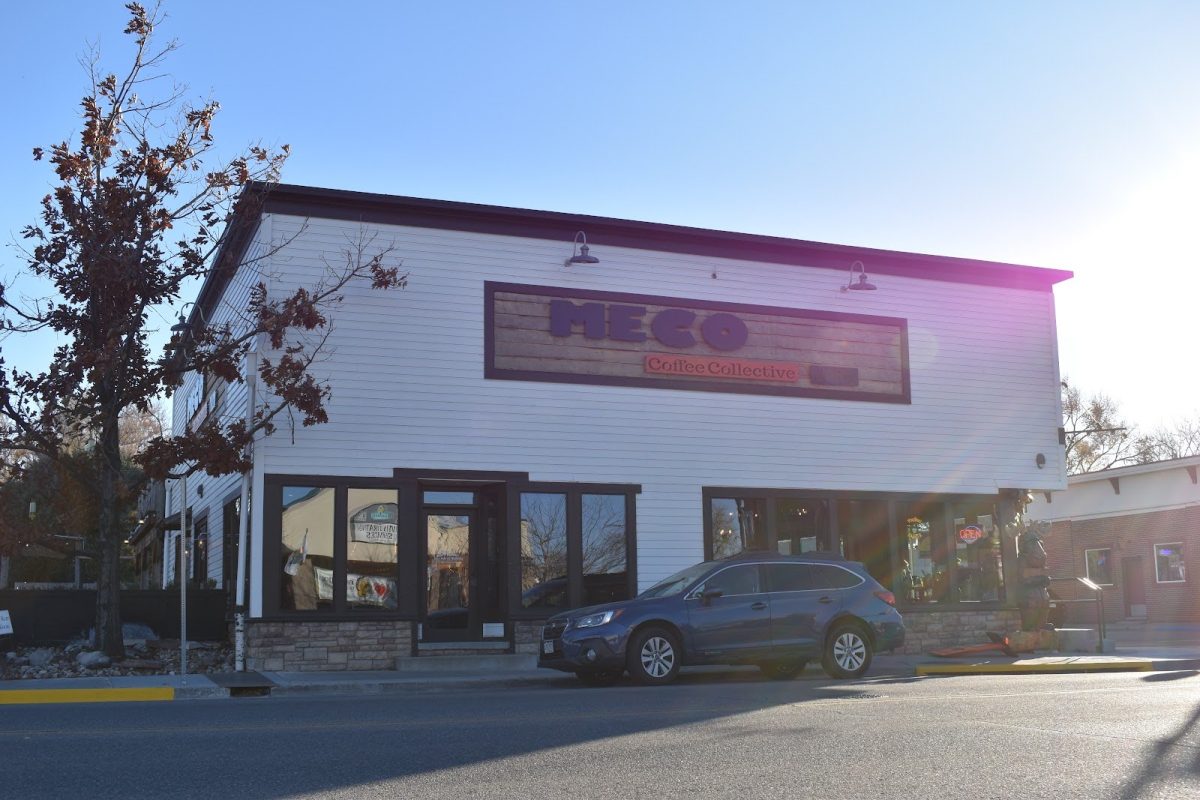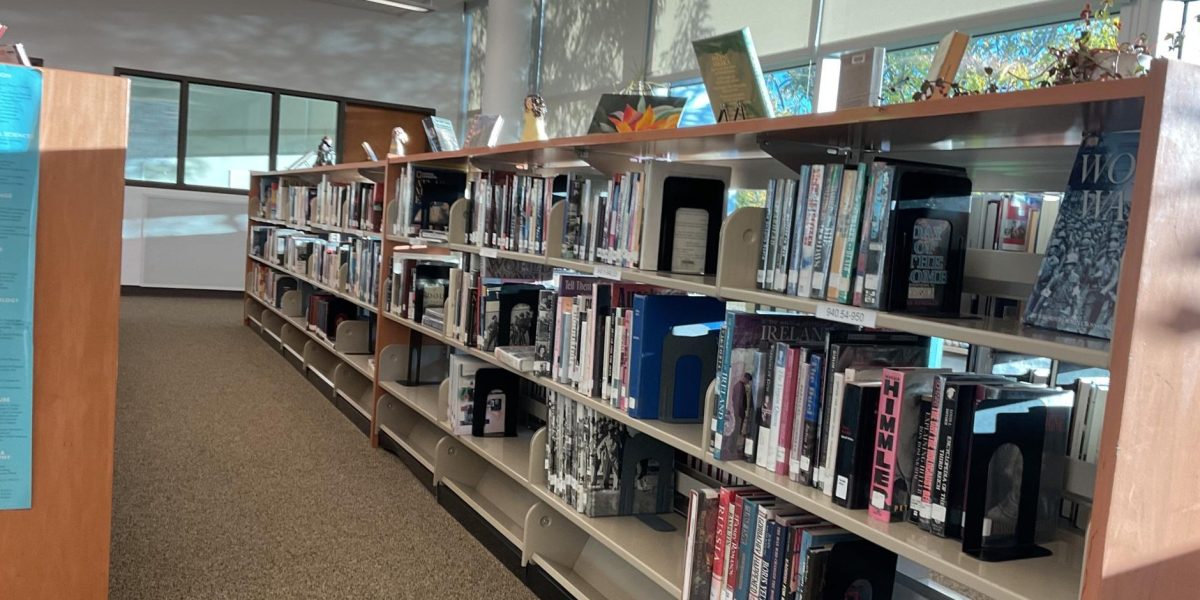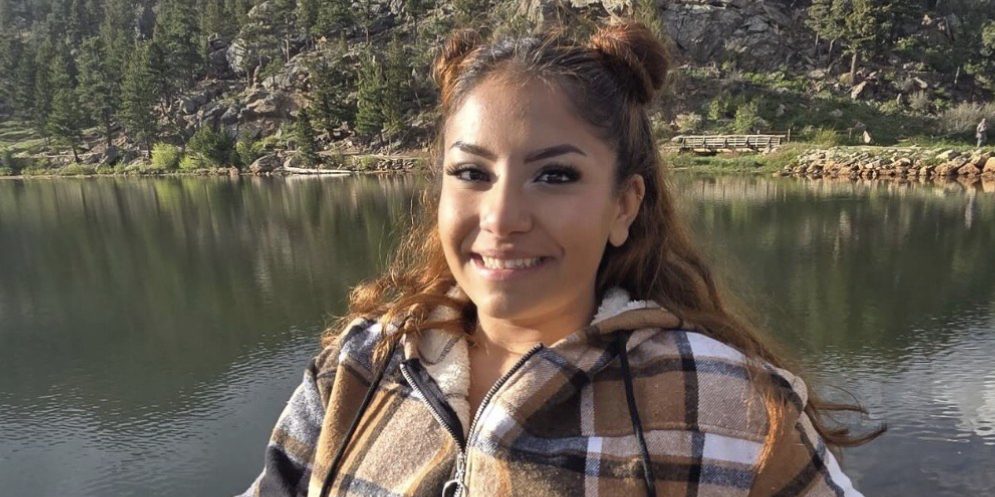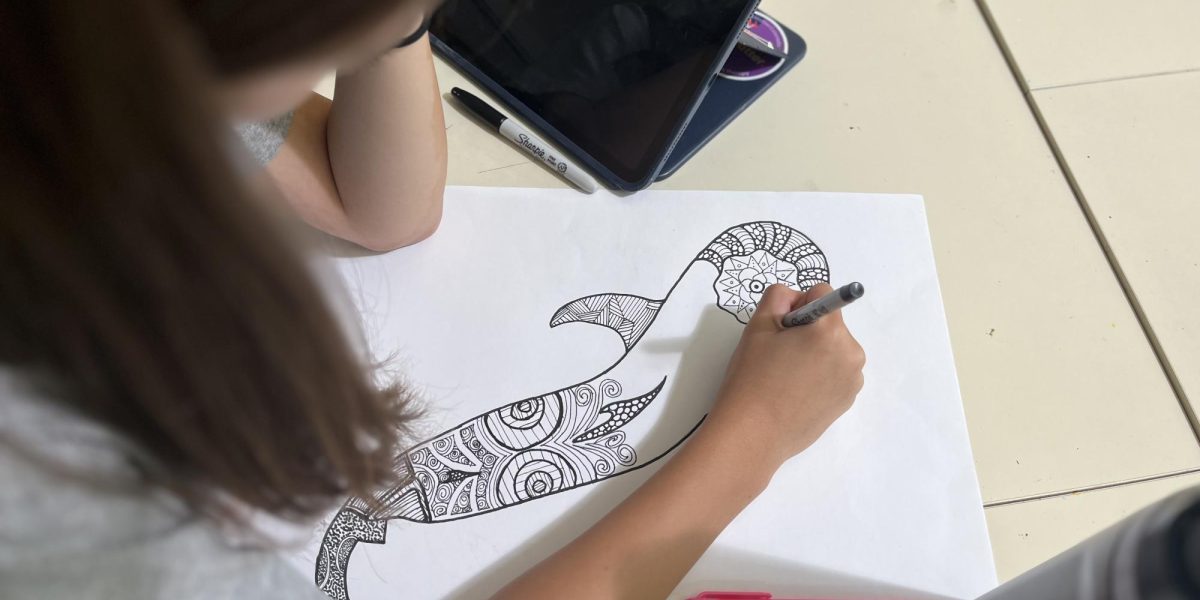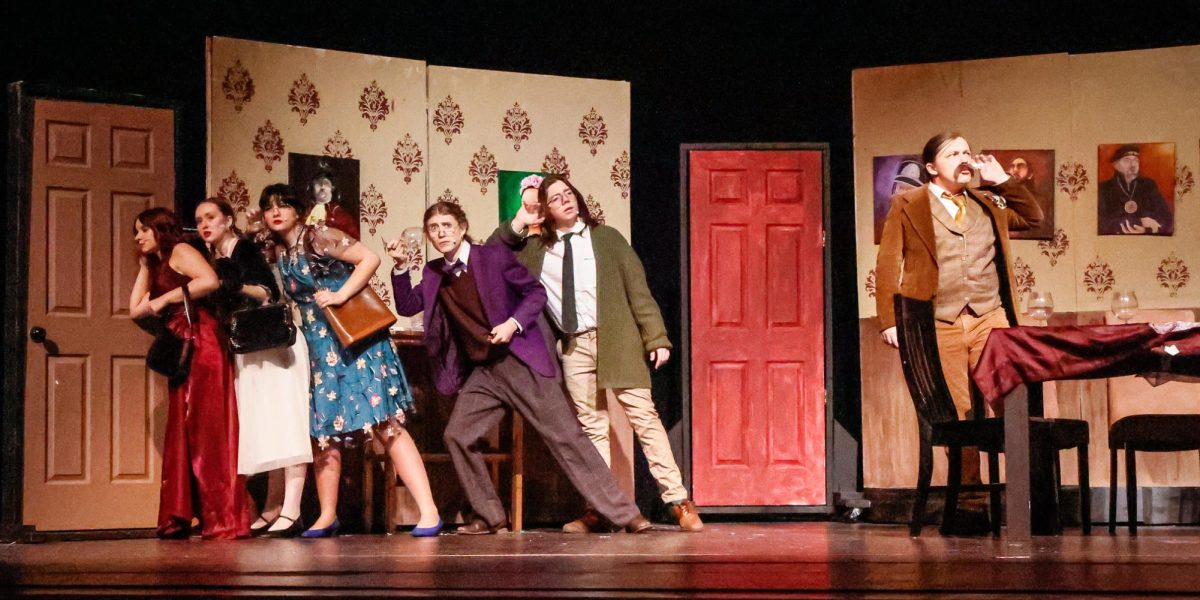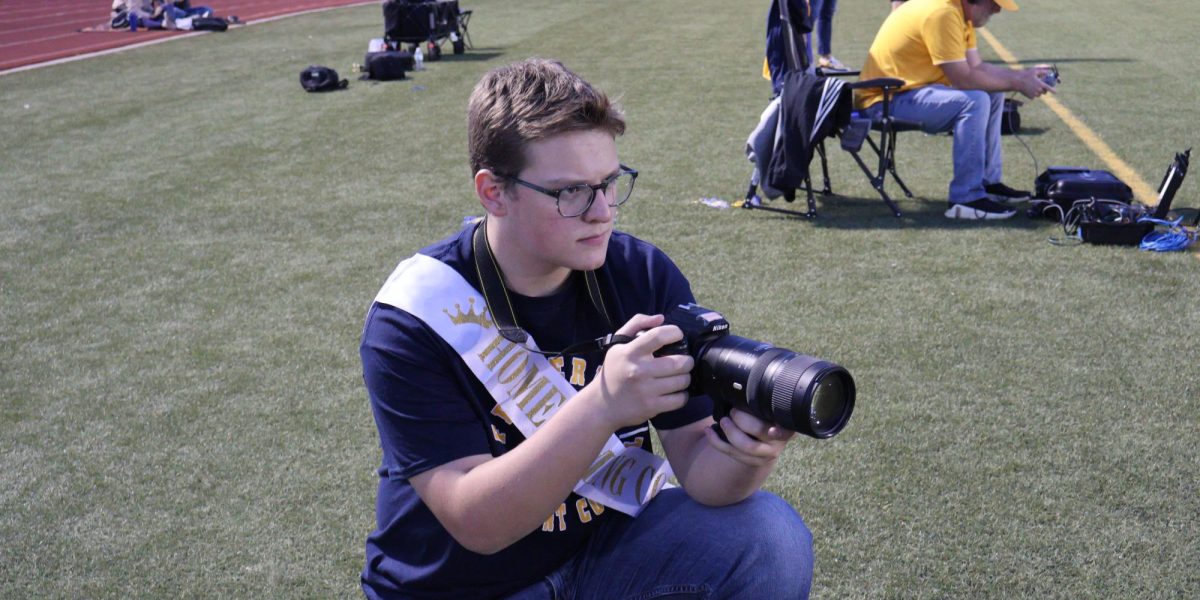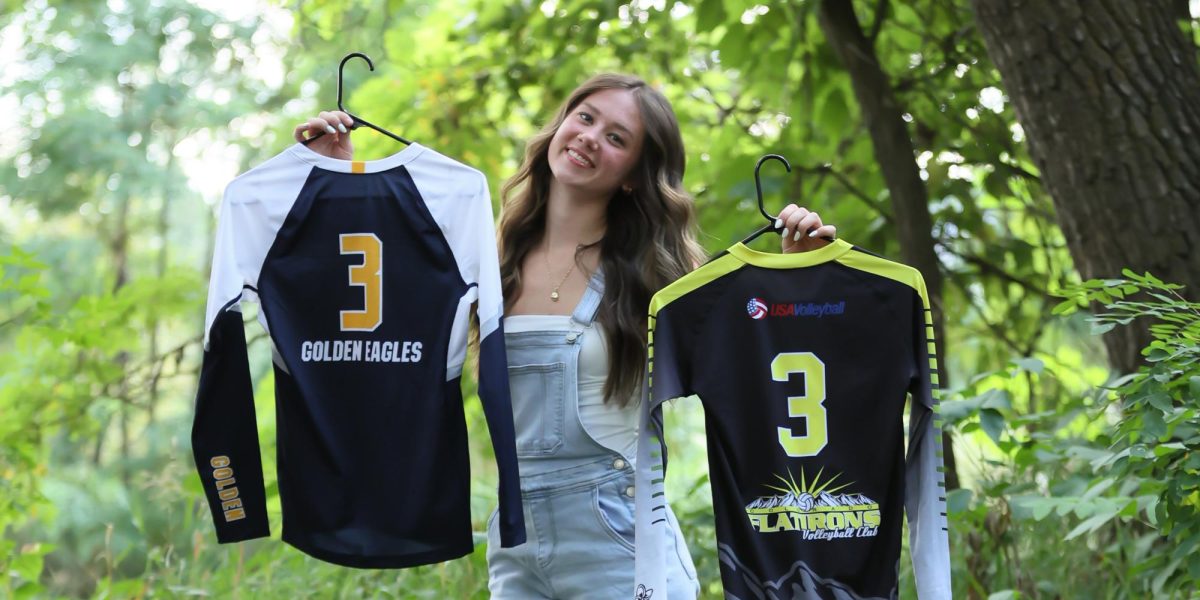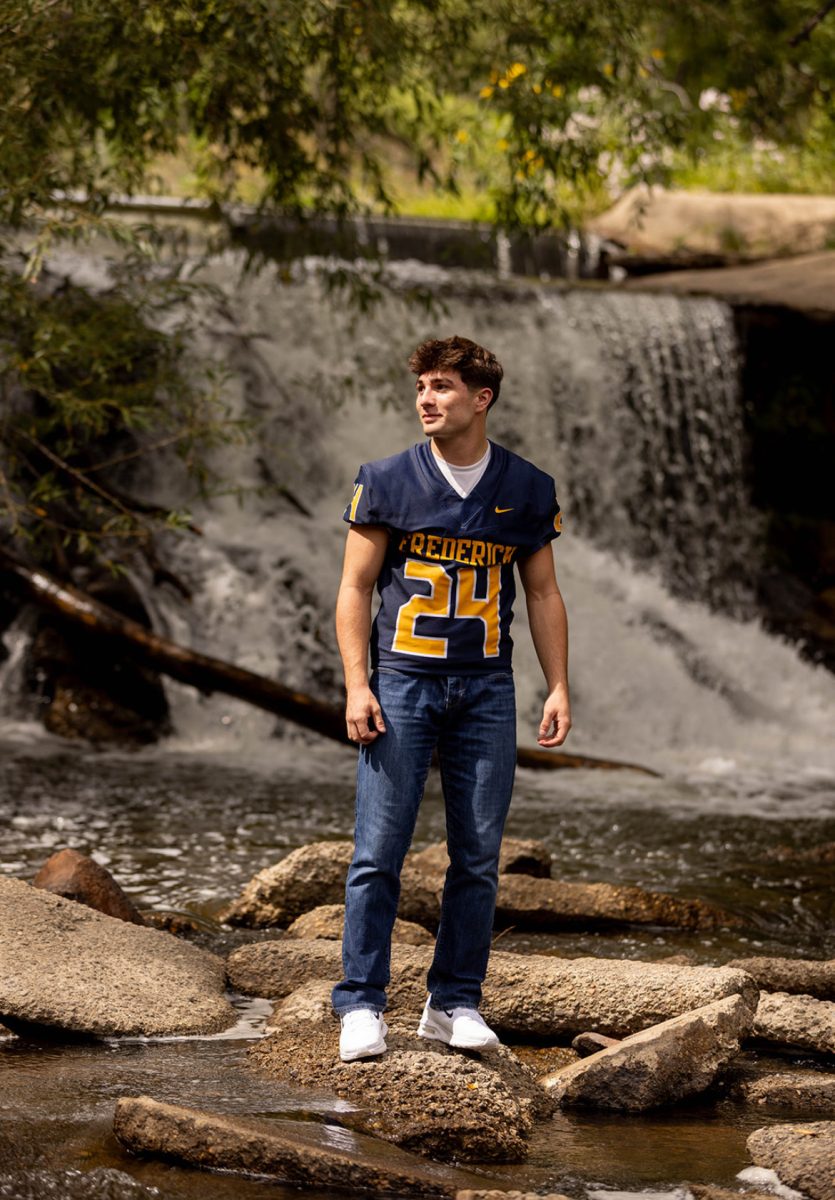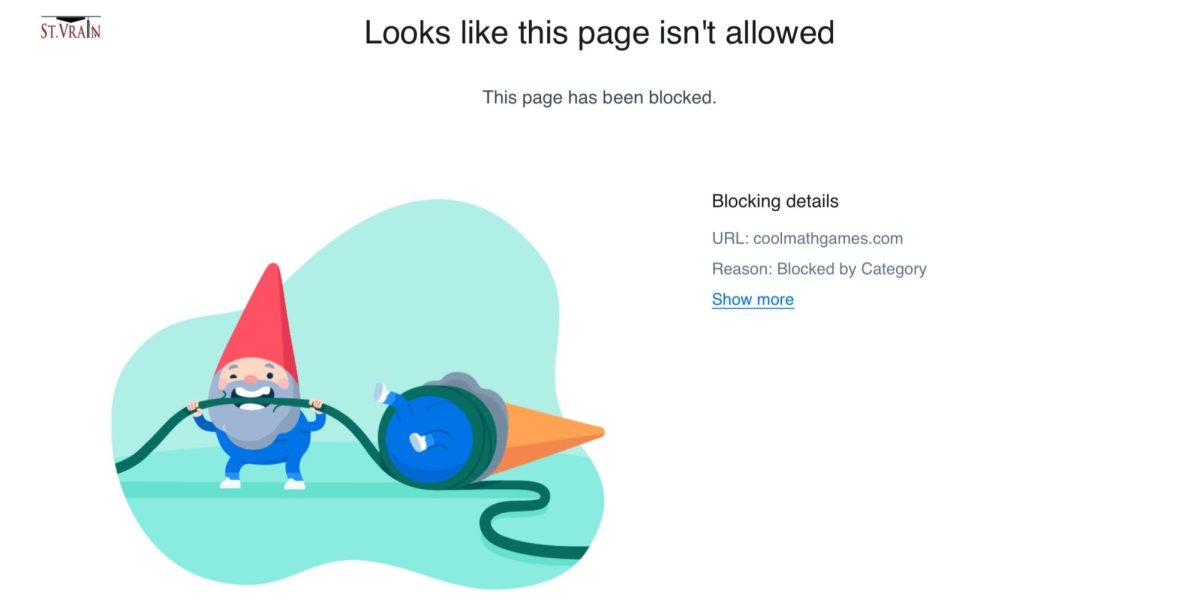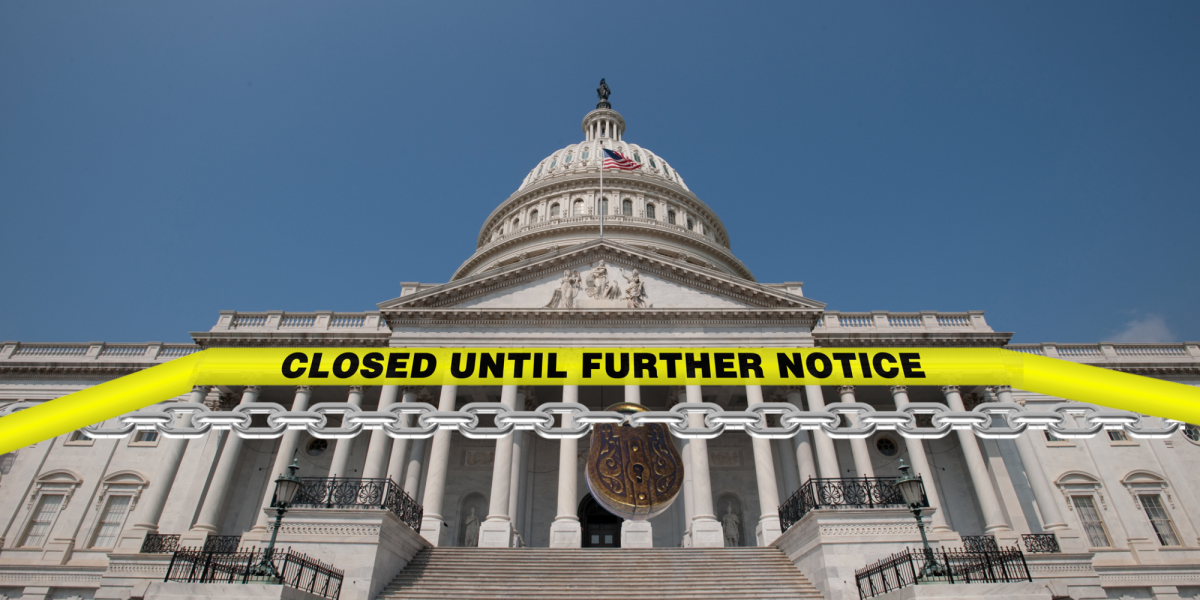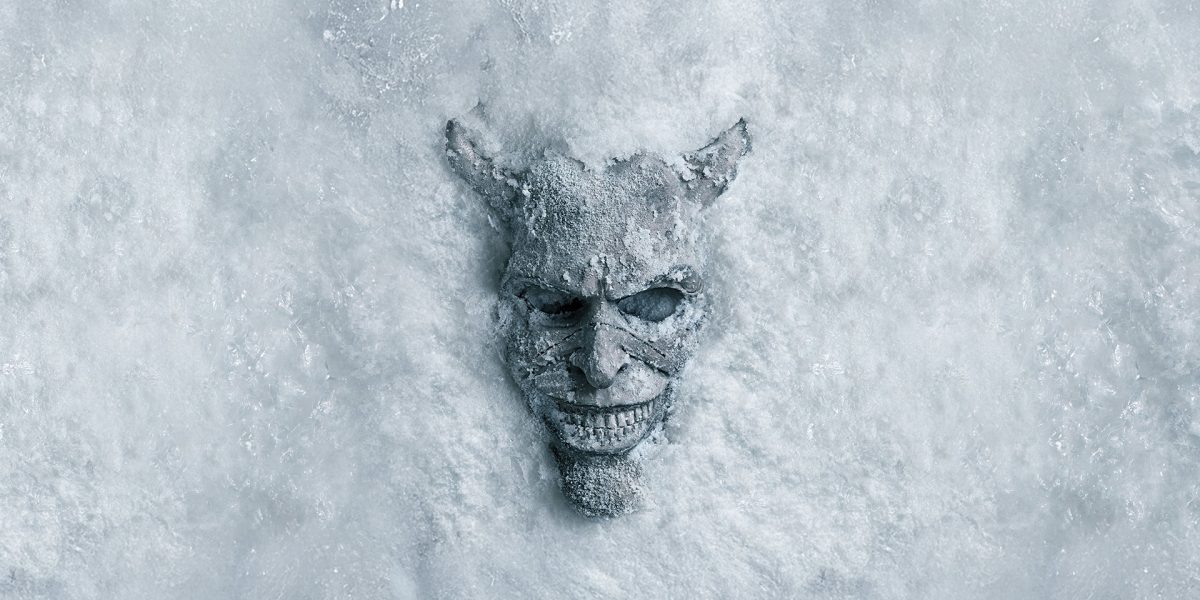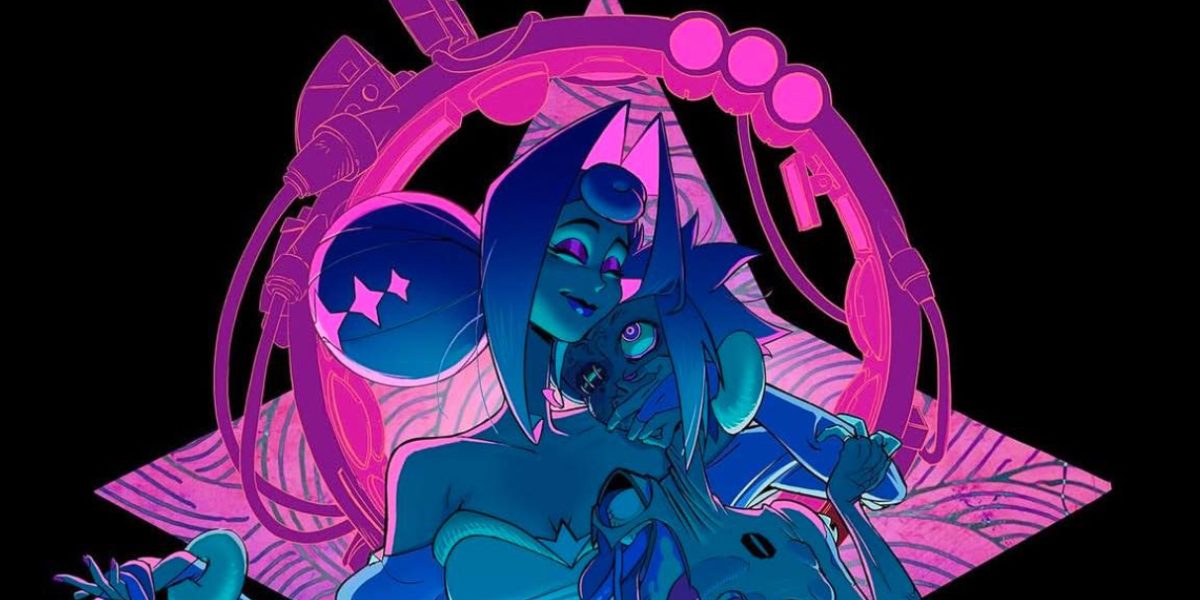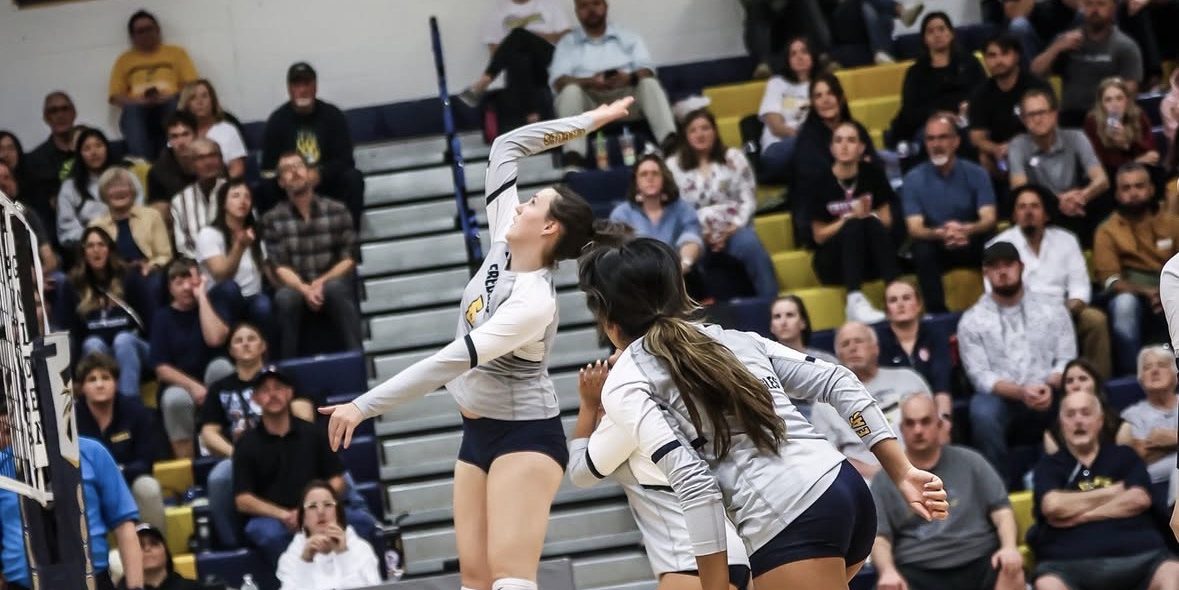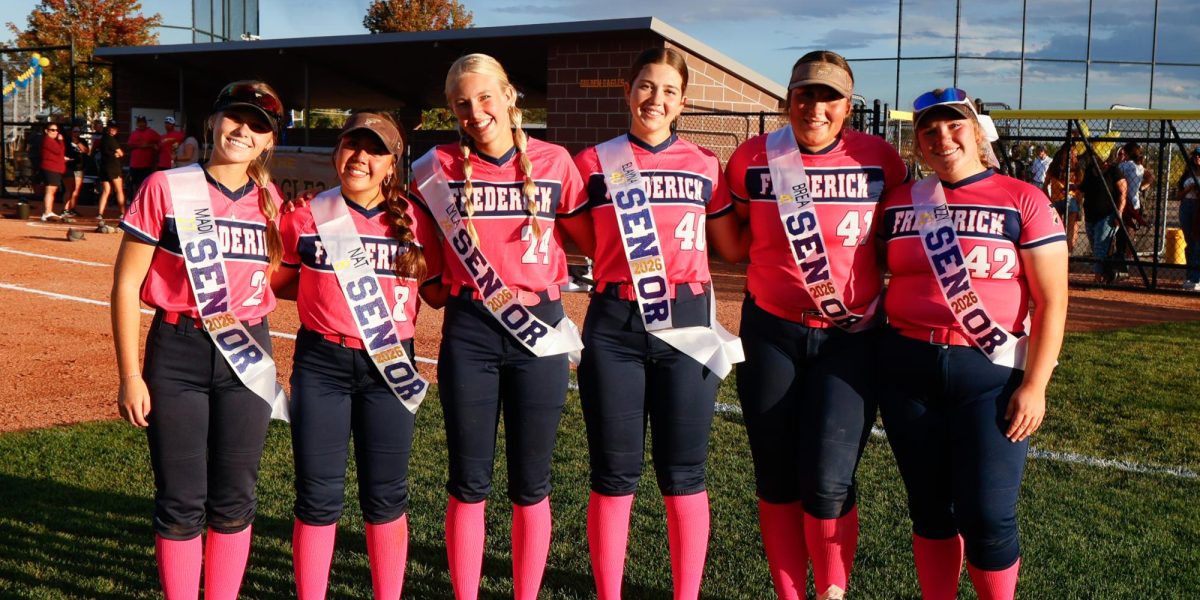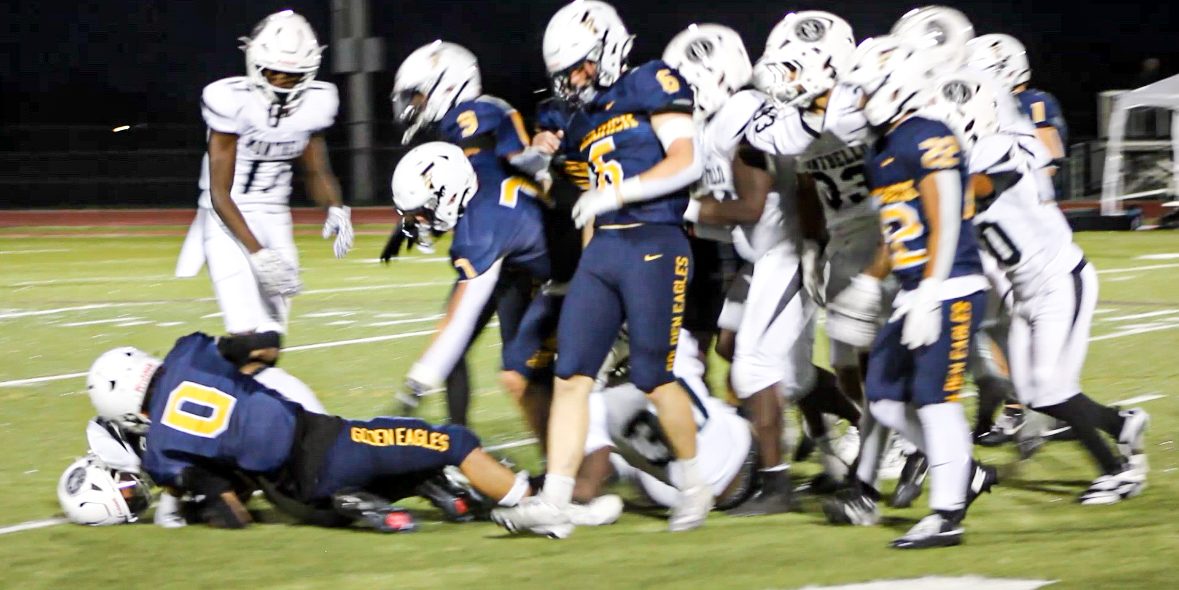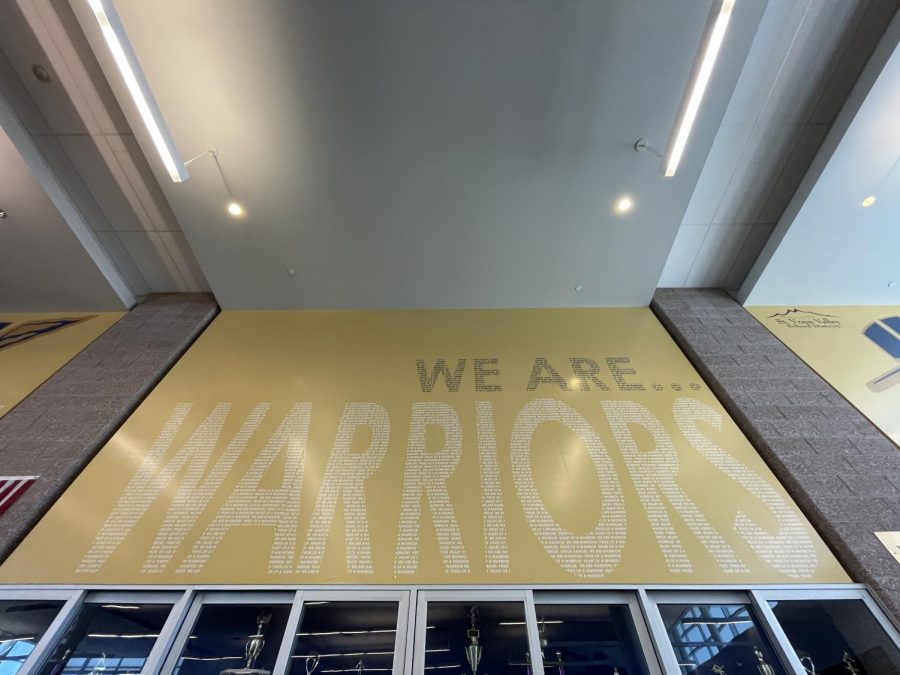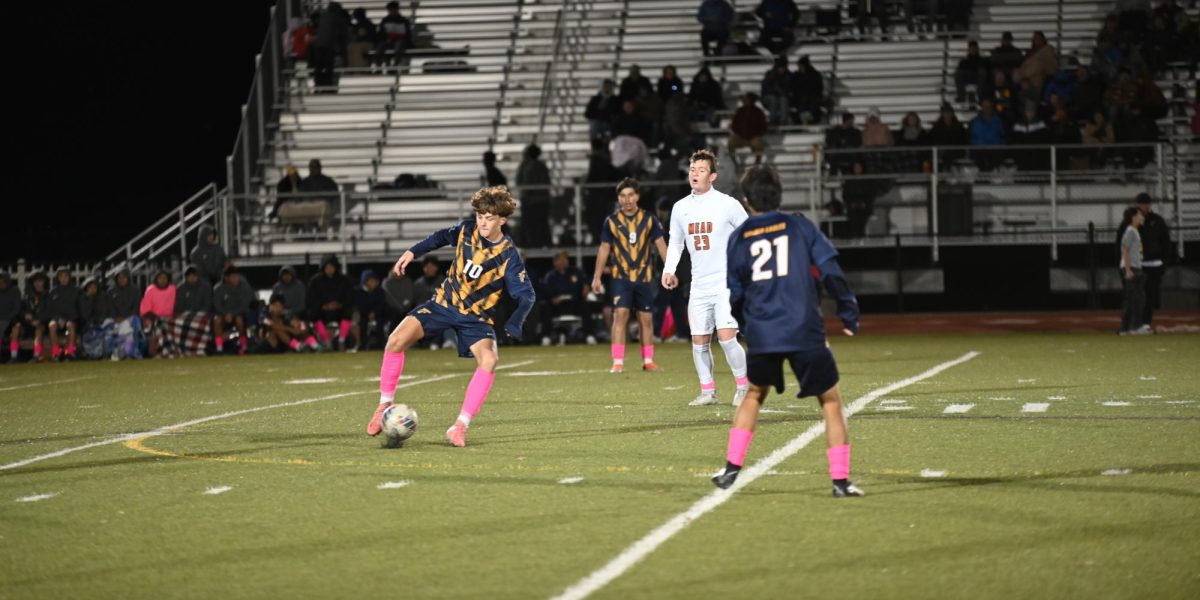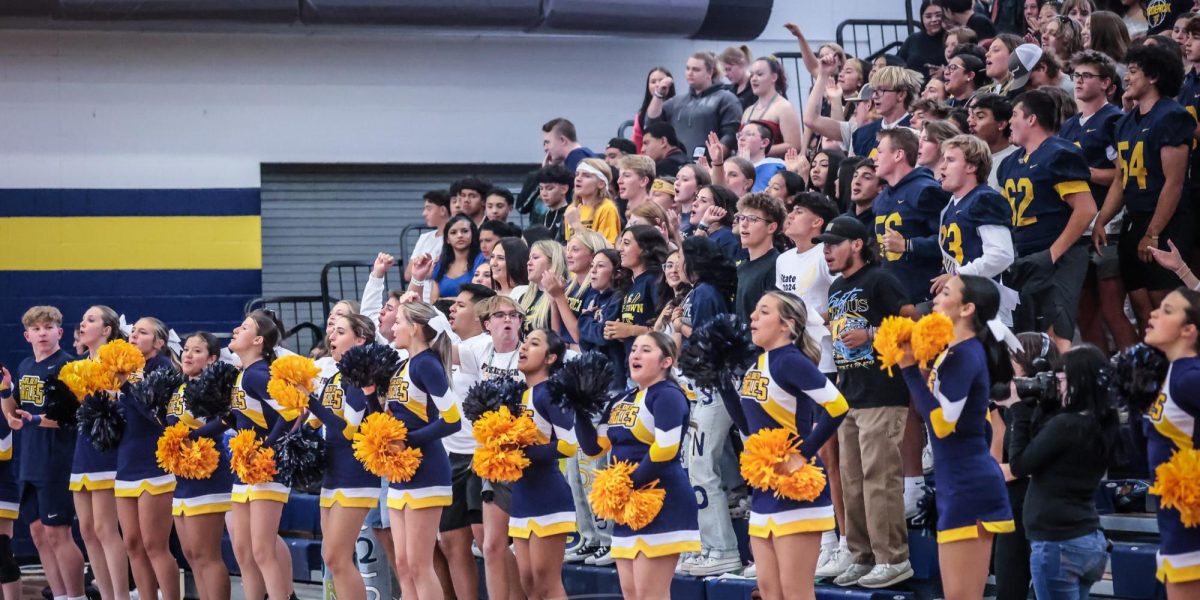On April 23, a bill was passed through a committee in the Colorado Senate that bans Native American mascots for schools. Should Senate Bill 21-116 pass through the Colorado Senate and House and be signed into law by Governor Polis, public schools that have Native American mascots will have to pay a fine of $25,000 per month if the school continues to use that mascot after June 1, 2022.
Schools like Frederick High.
The bill, introduced by (sponsored by) Jessie Danielson, bans the use of Native Americans as public school mascots. This bill was put into place to help put an end to racial injustice against Native Americans that has been going on for so many years.
“The use of these derogatory mascots are harmful to native youths and non-native youths. It perpetuates harmful stereotypes that are harmful to our entire community,” says Senator Jessie Danielson, (D) Colorado.
Here is the full text of the bill.
According to the Colorado Gazette, Frederick’s Warrior mascot is one of several prominent Native American High school mascots in Colorado that SB 21-116 targets. According to Dr. Young, imagery of the Native American as our school mascot has been traced back to at least the late 1930s. It’s hard to say when it started showing up around time, but Native American imagery has been prominent for this town for a while. Even our own Scout masthead has used its own copyrighted commissioned drawing of the Warrior Cheif since the Scout‘s founding in 1979.
“It would be hard to digest [changing the mascot], because my grandma was a Frederick Warrior when she graduated in 1949,” says Coach Robert Dufour, who has been at Frederick high school for over 30 years. “I’d like to at least keep the Warrior name and disregard the Native American part, but I don’t know if we’re going to do that.”
Despite the history behind the Warrior Chief, there have been discussions about replacing the mascot over the past few years (including this one by our own Chandler Hoel). Similar discussions have been happening at several schools around the country for the same reason: using a Native American as a school mascot is seen by most Native groups as harmful, stereotyping, and the wrongful appropriation of their culture.
The first article of SB 21-116 clearly states, “The presence and use of derogatory American Indian mascots across Colorado creates an unsafe learning environment for American Indian students by having serious negative impacts on those students’ mental health and by promoting bullying of American Indian students.” Furthermore, “American Indian mascots teach non-American Indian children inaccurate information about American Indian culture and teach them that it is acceptable to participate in culturally abusive and prejudicial behaviors.”
Pressure from Native groups and their supporters has resulted in organizations as small as Eaton High School to as large as the NFL’s Washington Redskins dropping their Native mascots. Similar pressure has recently been targeted toward the Cleveland Indians, the Chicago Blackhawks, and now Colorado public schools.
A similar bill failed to pass 6 years ago, but nowadays times are changing. The acts against racism in America are at an all-time high in recent years, as more people, especially younger generations, are beginning to take a stand. “This has been something that’s been gaining momentum for years. I would say it’s something that started a long time ago, and every couple of years it keeps getting brought up,” Dr. Young told the Scout. “This year, given the current political climate, it looks like this year is the year that it finally goes forward.”
So how would SB 21-116 affect Frederick?
Native iconography is still abundant in our school, from the large murals of the Warrior Chief in the commons to the arrowhead in the Frederick logo. The bill clearly states that “‘American Indian mascot’ means a name, symbol, or image that depicts or refers to an American Indian tribe, individual, custom, or tradition that is used as a mascot, nickname, logo, letterhead or team name for the school.” With what our mascot, The Warrior, represents, that would mean everything would have to go.
Yet not all schools will lose their Native American names or mascots. Take Arapahoe High School, which has had a tribal affiliation with the Arapahoe (the same tribes whose land once included the tri-towns) since 1993. According to SB 21-116, schools run by Native tribes or those with tribal affiliation are exempt from changing their mascots and imagery.
While Arapahoe High is also the Warriors, Frederick doesn’t have the same relationship with the peoples that once populated our area. “We do not have any tribal affiliation.” says Dr. Young. Without this affiliation, Frederick cannot pursue an exemption from SB 21-116.
Now that the bill became a law, Frederick High will have to change mascot in order to avoid paying the state $25,000 each month. With June 2022 a little over a year away, Frederick will probably follow the same process of choosing a new mascot that the district has followed for selecting a mascot when building new schools. First, the school and district will create a panel of teachers, students, alumni, and community members. Potential mascot ideas will be submitted to the committee, which will select the best options and have those choices approved by the school board. The SVVSD communications department will then come up with new logos and remove native imagery from the school before the next school year.
We asked Dr. Young what he thought of this bill and if there are any current plans to start this new mascot process. “I don’t have a comment on the bill itself,” he said, “We have plans to move through the process once this bill is signed into law. That includes forming a task force that will guide this work and starting to get community feedback in the coming weeks.”
One major issue that rebranding the school’s mascot has is the money that it will cost to rebrand the school. It’s more than just hiring a digital artist to redesign the logo–our logo is on so many things. From letterhead to football helmets, it will cost hundreds of thousands of dollars to replace all of the objects with the Warrior name or imagery. The word Warrior is painted on our walls and our logo is on the gym floor.
While the cost of a rebrand is certainly less than the $25,000 a month it would cost Frederick and the SVVSD to continue to use the Warrior name, the money to rebrand has to come from somewhere. Ideally, the state government would assist schools willing to change their mascots with a grant to pay for the costs of rebranding, but nothing about funding is addressed in SB 21-116. While it’s unclear if the money would then come from the district or the school’s operating budget, spending on a rebrand would possibly negatively affect student programs.
“Either way SVVSD will be supporting us through the process, and they would be helping cover the cost in transitioning to whatever the new logo and mascot are.” Says Dr. Young. “However, we are very fortunate to have our district funding us, because we are able to afford to do so. It’s going to be hard for smaller schools to keep up with the costs becaue they don’t have as much money.”
Still, a temporary budget crunch that cuts funds from programs for a couple of years is arguably less harmful than the propagation of harmful cultural stereotypes, which is the point of this bill. This bill has to pass through the full Colorado Senate, Colorado House of Representatives, and Governor Polis to become law (which given Democratic control of the state is likely to happen). However, representatives and state senators can attach riders or modifications to the bill during the voting process, meaning that the deadline to change, the penalty for not changing, and who pays for the change can be altered. SB 21-116 also has a provision that if the bill passes and a referendum petition (which requires over 124,000 signatures) is filed within 90 days, the bill will not become law unless approved by voters on the November 2022 ballot.
Of course, Frederick may not want to wait until SB 21-116 passes or fails to start the ball rolling on a Frederick rebranding. After a meeting in 2015 with tribal leaders orchestrated by then-governor John Hickenlooper, several schools including Loveland High and Eaton High proactively changed their mascots. We could be next if we wanted to.
“We don’t have a choice,” Says PE teacher, Mrs. Robinson, “It was bound to happen eventually.”
Ultimately, Dr. Young assures us that Frederick will continue what is best for every member of our community as this story unfolds over the next few months.

